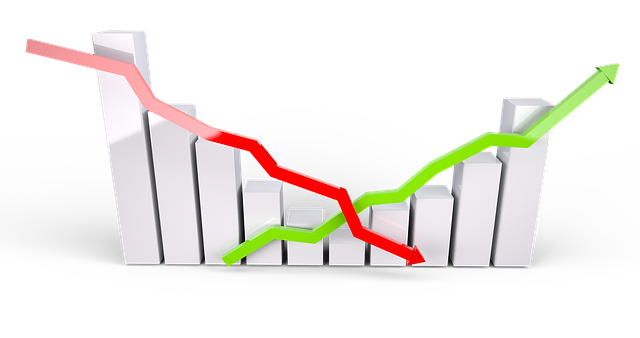Before investing in real estate, conduct thorough market research to assess demand and potential returns. Analyze property values, occupancy rates, rental prices, neighborhood amenities, employment, and schools. Perform a costs vs. revenue analysis, considering expenses like purchase price, repairs, taxes, insurance, and management fees. Evaluate risks such as market volatility, local regulations, and property condition through historical data and market trends. Ensure informed choices with expert consultation and thorough property inspections to mitigate risks and achieve long-term profitability in the real estate market.
Before diving into real estate investments, gauge profitability to make informed decisions. This article guides you through crucial steps like assessing market demand and rental potential, performing a thorough costs vs. revenue analysis, and understanding risk factors that impact your return on investment (ROI). By the end, you’ll be equipped to navigate the landscape of real estate with confidence, ensuring every dollar invested brings you closer to sustainable profitability.
Assess Market Demand and Rental Potential in Real Estate

Before diving into real estate investments, assessing market demand and rental potential is crucial. Conduct thorough research on the area’s current and projected property values to gauge if the market is thriving or saturated. Check local listings, talk to agents, and analyze trends in occupancy rates and rental prices. This step is vital for understanding the area’s ability to attract tenants and maintain consistent cash flow.
Evaluating potential rents involves considering factors like neighborhood amenities, employment rates, and nearby schools. High demand for housing often translates to higher rental income, making it an attractive investment option within a vibrant real estate market. However, it’s essential to balance this with the region’s economic health to ensure long-term profitability and minimize risks.
Calculate Investment Returns: Costs vs. Revenue Analysis

Before diving into the real estate market, it’s crucial to understand the potential returns on your investment. Calculating investment returns involves a meticulous analysis of costs and revenue. Start by identifying all associated expenses, including purchase price, repairs, taxes, insurance, and any management fees. Then, estimate the income generated from renting or selling the property. Subtracting total expenses from projected revenues gives you a clear picture of potential profitability. This costs vs. revenue analysis is essential for making informed decisions, ensuring your investment strategy aligns with your financial goals.
By performing this calculation, investors can gauge whether the real estate opportunity is a smart move. It allows them to compare different properties and locations, identifying those that offer the best value and return on investment. This strategic approach enables savvy investors to navigate the market effectively, making sound choices that could lead to significant financial gains over time.
Understand Risk Factors and Their Impact on Profitability

Before diving into the world of real estate investment, it’s crucial to understand that every opportunity comes with its own set of risk factors. These can significantly impact profitability, so a thorough assessment is essential. In the dynamic landscape of real estate, various elements like market fluctuations, location-specific regulations, and property condition contribute to risk levels. For instance, an area experiencing economic decline may hinder rental income potential or property value appreciation. Similarly, unexpected repairs or maintenance costs can erode profits, especially for first-time investors.
By meticulously evaluating these risks, investors can make informed decisions. This involves analyzing historical data, market trends, and local dynamics to anticipate potential challenges. Mitigating risks through careful planning, such as conducting thorough property inspections and consulting experts, is key to ensuring investments remain profitable and sustainable in the long term.






